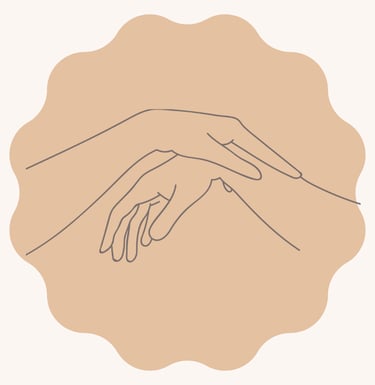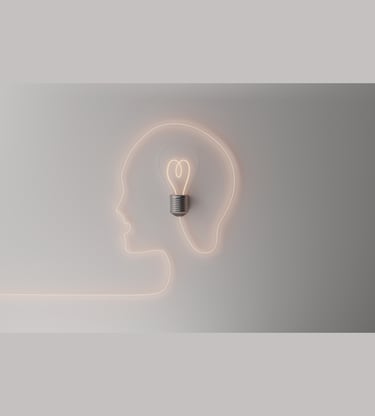
What is kinesiology?
🌿 The history and foundations of kinesiology
Kinesiology is a gentle, holistic approach to well-being that originated in the United States in the 1960s. It was developed by chiropractor Dr George Goodheart, who observed a close link between muscle tone, the nervous system and emotions. By combining the principles of chiropractic, traditional Chinese medicine and neurophysiology, he created an innovative method: kinesiology, literally the “science of movement”.
Over the years, other practitioners such as John Thie (founder of Touch for Health) and Gordon Stokes and Daniel Whiteside (creators of Three In One Concepts) have enriched the practice. They developed protocols to better understand emotional blockages, stress recorded by the body and their impact on our overall balance.
How does kinesiology work?
Kinesiology is based on a simple principle: the body stores all our life experiences in its memory.
Certain unexpressed emotions, shocks or stress can create imbalances that disrupt our physical, emotional or mental well-being. To identify these imbalances, practitioners use one main tool: muscle testing. This test involves applying light pressure to a muscle (often in the arm) to observe its response. The body ‘responds’ reflexively—without going through the mind—allowing direct communication with cellular memory.
Through this subtle reading, kinesiology helps to shed light on the origin of a blockage and find the most appropriate correction to restore balance: this may involve energy exercises, movements, acupressure points or emotional awareness.


Kinesiology simply invites the body to rediscover its innate intelligence and self-healing power.
It allows everyone to release whatever is preventing their energy from flowing freely and to rediscover their full potential, clarity and vitality. It is a method of listening to the body, heart and mind, with the goal of achieving sustainable well-being.


